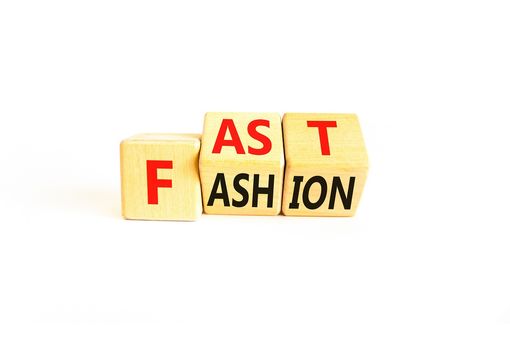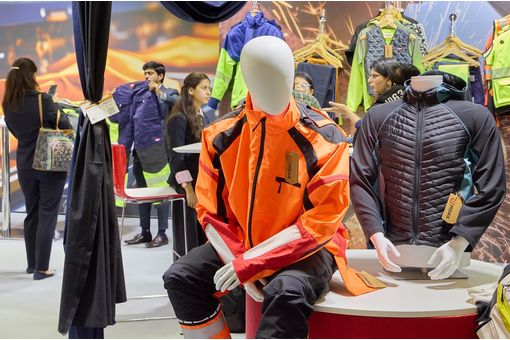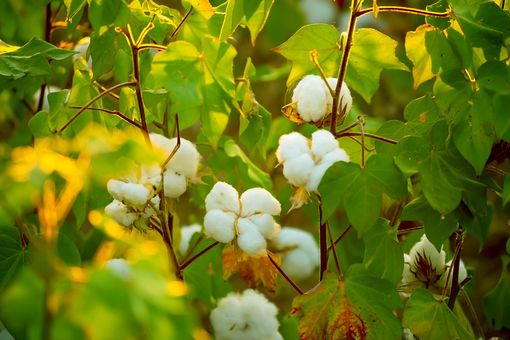Interviews
Your go-to source for news, anytime, anywhere! Insightful industry information from the textile, apparel & fashion world with our news app
Download Now
Your go-to source for news, anytime, anywhere! Insightful industry information from the textile, apparel & fashion world with our news app
Download Now
Your go-to source for news, anytime, anywhere! Insightful industry information from the textile, apparel & fashion world with our news app
Download Now
Your go-to source for news, anytime, anywhere! Insightful industry information from the textile, apparel & fashion world with our news app
Download Now
Rubin Musuem to exhibit fine embroidery from India & Pakistan
11 Nov '08
4 min read
The Rubin Museum of Art will present an array of fine hand-stitched embroidery from India and Pakistan in Color & Light: Embroidery from India and Pakistan, opening Friday, December 12, 2008 and remaining on view through May 11, 2009.
The 60 embroidered textiles on view in New York City are drawn from one of the world's finest collections of South Asian textiles—that of the Textile Museum of Canada (TMC) in Toronto—and includes ceremonial scarves made with painstaking detail, clothing that is embellished with mirrors and metallic thread, and vibrant patterned domestic fabrics, ranging in date from the 18th century to today. The exhibition's original
Color & Light also features a number of textiles created by near forgotten or otherwise endangered embroidery techniques. For even as traditional women's embroidery remerges as an income-generating activity and a vehicle for improving women's lives in Southeast Asia, the inexorable drive toward urbanization, the desire for mainstream fashions, and the increasing availability of inexpensive, machine-made textiles are endangering the finer forms.
“The intricate patterns, the refraction of light off silk threads, the subtle color changes, and the striking juxtapositions of shapes—these characteristics have enchanted visitors to the region for more than two thousand years,” says Becky Bloom, Assistant Curator, Rubin Museum of Art, who is responsible for the New York presentation of the exhibition. Color & Light comes to RMA from the Textile Museum of Canada where it was guest curated by Dale Gluckman.
The ethnic and geographic diversity of present-day India and Pakistan is reflected in the variety of decorative motifs, color combinations, materials, patterns, and stitching techniques used to embellish cloth. In this way, textiles serve as indicators of community or religious affiliations. Embroideries created in keeping with Islamic traditions, for example, are frequently identified by precise and complex geometric patterns.
Hindu textiles, on the other hand, often feature naturalistic or highly stylized representational motifs. Embellishments used on all types of textiles include beetle-wing casings, seeds, silk tassels, beads, and metal ornaments.
A furnishing textile from Northern India created for the European market in the early 19th century is a fine example of the Hindu style with a delicate floral pattern that is embellished with jewel beetle wing cases (elytra) interlaced with green metallic thread and flat metallic strips (lamella) on a simple white cotton background.
In both India and Pakistan, craftsmen incorporate small pieces of mirror (shisha) into the embroidery. To make the mirrors, large silvered glass globes are handblown and then smashed. The resulting small fragments, after being shaped into circles or triangles, are sold for use in embroidery.
This technique is exemplified in a northern Indian boy's jacket (jhuladi) that is detailed in silk embroidery with dense geometric and floral patterns and adorned with delicate mirror work. This traveling exhibition was produced with the support of the Government of Canada.
The 60 embroidered textiles on view in New York City are drawn from one of the world's finest collections of South Asian textiles—that of the Textile Museum of Canada (TMC) in Toronto—and includes ceremonial scarves made with painstaking detail, clothing that is embellished with mirrors and metallic thread, and vibrant patterned domestic fabrics, ranging in date from the 18th century to today. The exhibition's original
Color & Light also features a number of textiles created by near forgotten or otherwise endangered embroidery techniques. For even as traditional women's embroidery remerges as an income-generating activity and a vehicle for improving women's lives in Southeast Asia, the inexorable drive toward urbanization, the desire for mainstream fashions, and the increasing availability of inexpensive, machine-made textiles are endangering the finer forms.
“The intricate patterns, the refraction of light off silk threads, the subtle color changes, and the striking juxtapositions of shapes—these characteristics have enchanted visitors to the region for more than two thousand years,” says Becky Bloom, Assistant Curator, Rubin Museum of Art, who is responsible for the New York presentation of the exhibition. Color & Light comes to RMA from the Textile Museum of Canada where it was guest curated by Dale Gluckman.
The ethnic and geographic diversity of present-day India and Pakistan is reflected in the variety of decorative motifs, color combinations, materials, patterns, and stitching techniques used to embellish cloth. In this way, textiles serve as indicators of community or religious affiliations. Embroideries created in keeping with Islamic traditions, for example, are frequently identified by precise and complex geometric patterns.
Hindu textiles, on the other hand, often feature naturalistic or highly stylized representational motifs. Embellishments used on all types of textiles include beetle-wing casings, seeds, silk tassels, beads, and metal ornaments.
A furnishing textile from Northern India created for the European market in the early 19th century is a fine example of the Hindu style with a delicate floral pattern that is embellished with jewel beetle wing cases (elytra) interlaced with green metallic thread and flat metallic strips (lamella) on a simple white cotton background.
In both India and Pakistan, craftsmen incorporate small pieces of mirror (shisha) into the embroidery. To make the mirrors, large silvered glass globes are handblown and then smashed. The resulting small fragments, after being shaped into circles or triangles, are sold for use in embroidery.
This technique is exemplified in a northern Indian boy's jacket (jhuladi) that is detailed in silk embroidery with dense geometric and floral patterns and adorned with delicate mirror work. This traveling exhibition was produced with the support of the Government of Canada.
Popular News
Leave your Comments
Editor’s Pick
Jason Kent
British Textile Machinery Association (BTMA)
Ritesh Dodhia
Dodhia Synthetics Limited
Christian Guinet
French Textile Equipment Manufacturers’ Association (UCMTF)
Andrea pompilio
Label - Andrea pompilio
































-Ltd..jpg?tr=w-120,h-60,c-at_max,cm-pad_resize,bg-ffffff)





.jpg?tr=w-120,h-60,c-at_max,cm-pad_resize,bg-ffffff)
.jpg?tr=w-120,h-60,c-at_max,cm-pad_resize,bg-ffffff)









